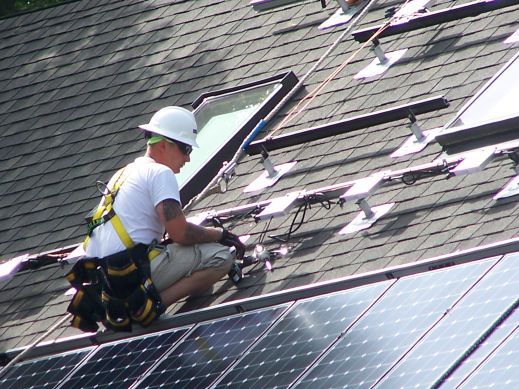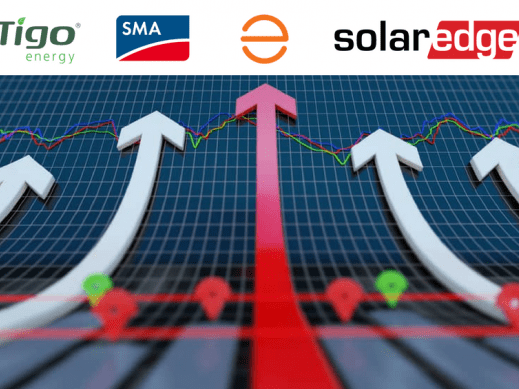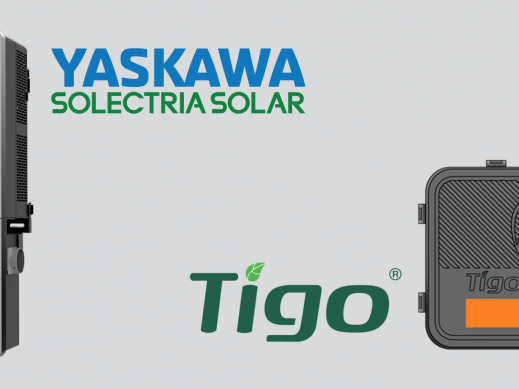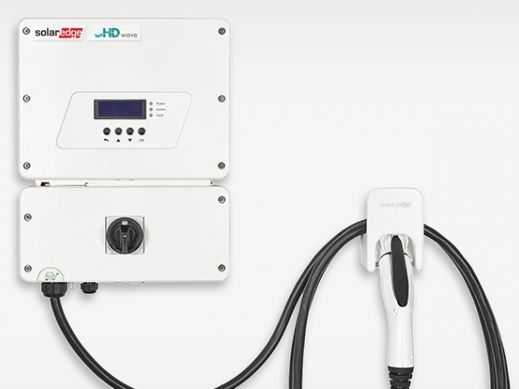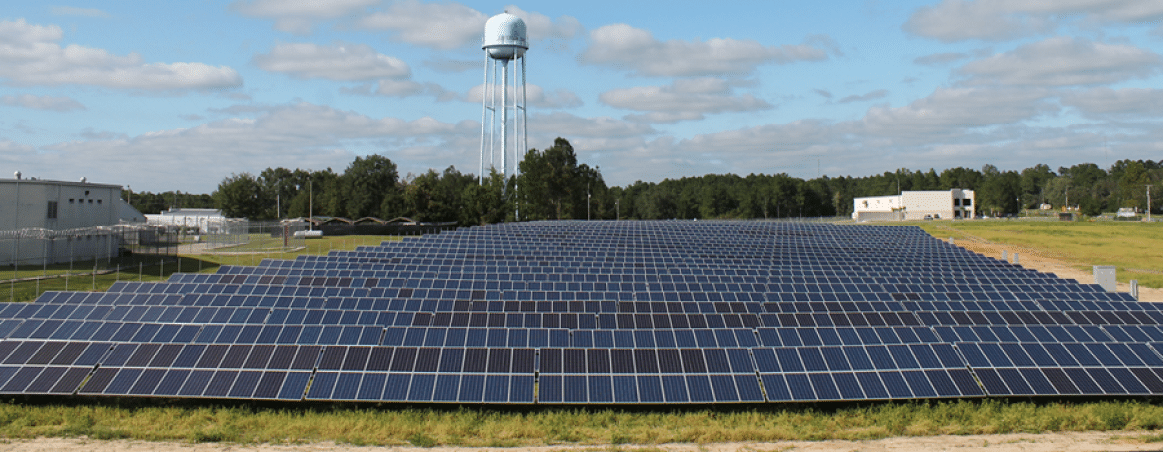
If an installer is contemplating using SolarEdge or not, most likely it is a residential system, and the big design decision is whether to use Enphase or SolarEdge. Both manufacturers offer excellent products for residential projects, but installers should also consider SolarEdge (and Enphase) for commercial projects.
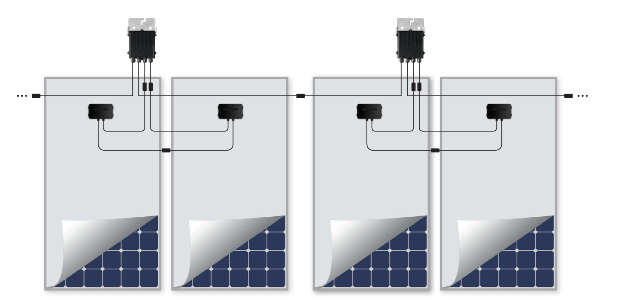
From 30,000 feet above, SolarEdge is not practical for light commercial projects (20 to 150 kW). The upfront costs of the system, due to the DC optimizers, are a lot more than using either a central inverter or string inverters. Generally the install is a ground mount or on a large flat roof, so the module-level MPPT and string size flexibility are not as important as they would be for a residential project. SolarEdge allows for faster design but in most commercial projects (I would expect) the off-taker and installer are willing to investment more time in the design than for a residential project. Nonetheless, installers should seriously consider SolarEdge for any commercial project for the following reasons:
- Module mismatch: Most modules have a +/- tolerance of around 5 watts and they will also degrade at different rates too. If the project doesn’t have SolarEdge, each string will produce at the lowest producing module and this will result in less energy harvested. Ambient temperatures will vary across the array because of wind and type of install, and the different temperature will affect the module’s production. SolarEdge estimates that string inverters lose 5% energy due to module mismatch and up to 25% in shaded conditions.
- Reduction in BOS and labor: SolarEdge significantly reduces (SolarEdge estimates up to 50%) the EBOS (wire, conduit, junction boxes, DC fuses, combiners, etc.) and it also comes NEC 2014.12 rapid shut-down complaint. In many jurisdictions non-SolarEdge systems will require additional rapid shut-down devices, which will increase the installation hardware and install costs.
- O&M: The SolarEdge Gateway allows for module-level monitoring. In case the system is not meeting production expectations, the installer (or owner of system) can diagnose the problem remotely and this will undoubtedly be more cost-efficient than using string or central inverters that only permit monitoring to the string level. SolarEdge also has a 20-year warranty, so the system’s long-term maintenance will be minimal.
SolarEdge has the product offering for commercial projects 3-phase inverters, especially the SE 20 kW 480 (no need for autotransformers!). On 3-phase systems the P600 and P700 supports two modules, and this further reduces the install cost. Of course the initial investment using central and string inverters should be less than SolarEdge. However, SolarEdge still has a compelling LCOE (especially if you include 20-year warranty), could have a higher ROI, allows more design options, and makes O&M for the life of the system more efficient.
